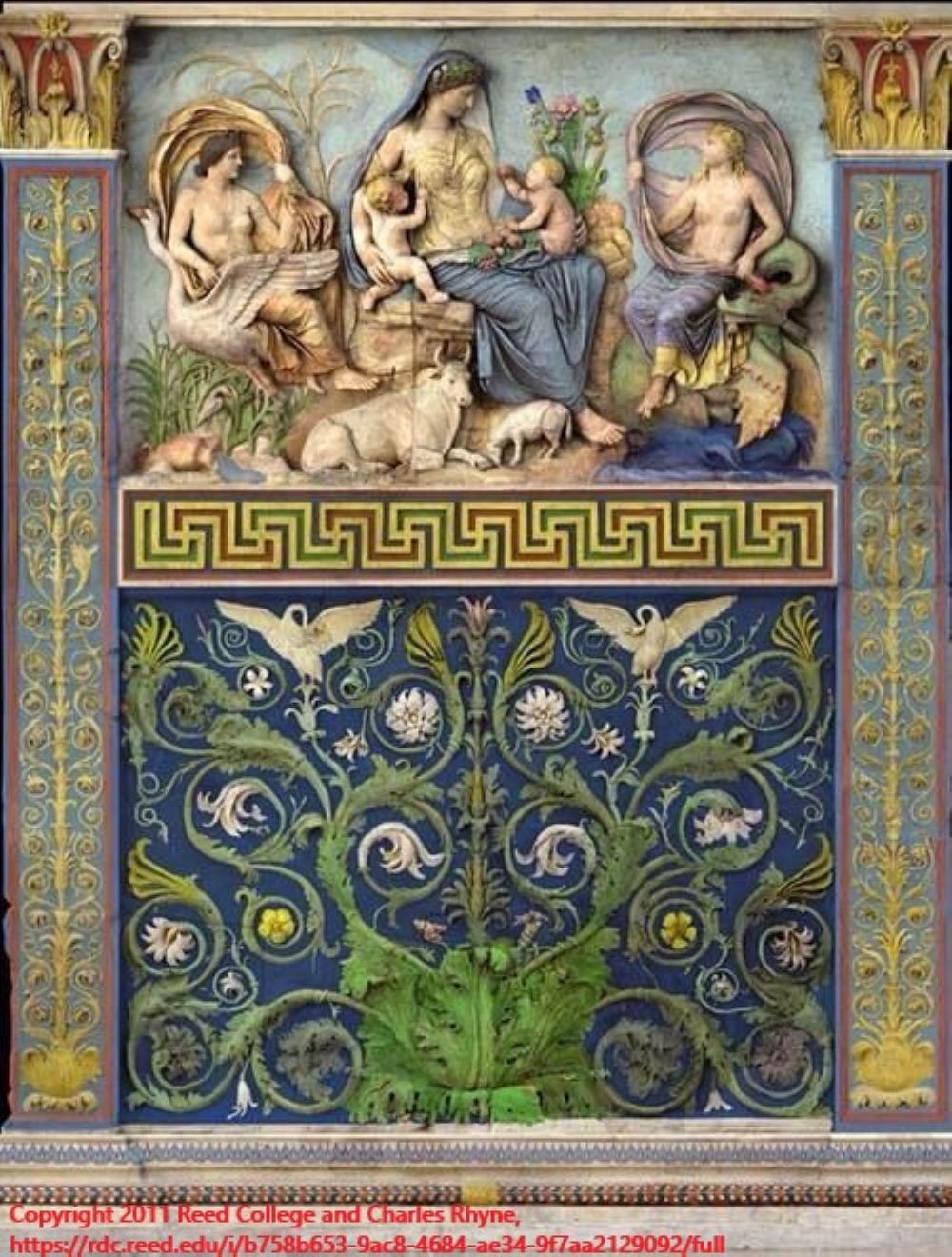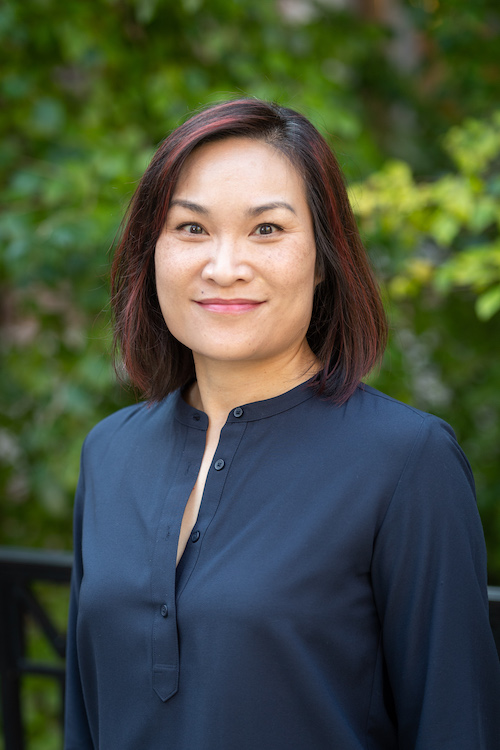Art, Power, and Persuasion (FNDS 1302)

Do you ever see election and political ads on TV or on apps and websites? What images do these ads use?
How do they use visual media to draw your attention and influence your opinions? Can you detect the strategies they use? Do you think these attempts to persuade through imagery and words are effective?
Learn about the use of imagery and words as means of political influence and persuasion while you develop your skills in critical thinking, writing, and research in this course. This course focuses on the historical examples of the “heretic king” Akhenaton in Egypt, the ideology of the Persian empire, the imperialist democracy of classical Athens, and the autocratic rule of the first Roman emperor, Augustus. We will investigate the visual and literary strategies that have been used for thousands of years to define difference, signal virtue, and garner public support. By the end of the semester, you will look at the images and words around you today with new eyes.
This course covers topics in the disciplines of Anthropology and Museum Studies.

Who should take this course?
Any students interested in ancient history and Egyptian, Persian, Greek and Roman art and culture, and students who are interested in how politics is interwoven into visual media.
More about this course
Course number: FNDS 1302
Number of Credits: 4
Search UM-Dearborn Class Schedule to find out more.
Dearborn Discovery Core requirements met: Critical and Creative Thinking, Humanities and the Arts
Meet your faculty member: Diana Ng, Associate Professor of Art History
One of the benefits of taking a Foundations course is gaining a faculty mentor that can support you throughout your college career. Get to know Diana Ng, faculty member for Art, Power, and Persuasion.

Professor Diana Y. Ng specializes in public art and architecture in the Roman empire and how they reflect cultural and civic identities, and how modern cognitive science can help scholars understand ancient art in new ways.
Have questions about this course? Email Dr. Ng at dmng@umich.edu.
